Maintaining key agricultural export markets
In 2024, Vietnam’s major agricultural export markets will continue to be the US, China, Japan, and the European Union (EU). With the target of agricultural, forestry, and fishery export turnover in 2025 reaching about 65 billion USD, maintaining and creating growth momentum in key markets is an important requirement.
According to the Department of European-American Markets under the Ministry of Industry and Trade, 2025 promises to be a year of strong development in trade relations between Vietnam and the US, with total export turnover expected to reach 125 to 130 billion USD, whereby agricultural, aquatic products and fine art wooden products will continue to maintain positive growth momentum.
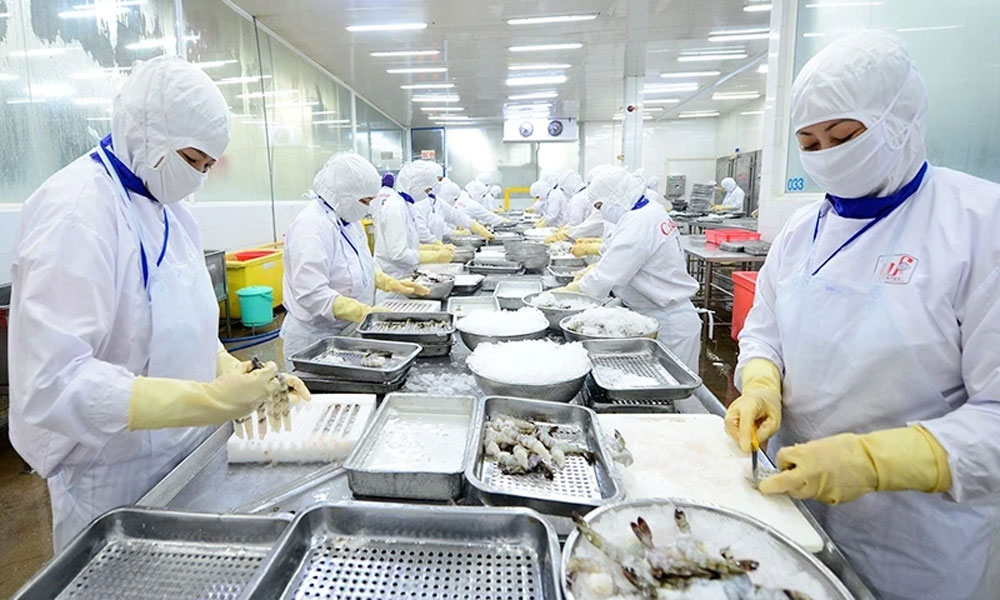 |
|
Processing seafood for export at Cafatex Seafood Joint Stock Company, Hau Giang Province. |
Accordingly, fine art wooden furniture is expected to reach 10 billion USD, an increase of more than 20% compared to 2024. The trend of consuming sustainable and recycled furniture products in the US continues to be the main driving force behind the growth of this industry.
The agricultural and aquatic products industry, including key products such as shrimp, pangasius, and cashew nuts, is also expected to reach a turnover of more than 7 billion USD thanks to improvements in product quality to meet strict US food safety standards.
In addition, rubber products are also expected to maintain stable growth, playing an important role in the industrial production supply chain in this market.
Regarding the Chinese market, Vietnamese Trade Counsellor in China Nong Duc Lai said Vietnam will continue to have many opportunities to increase agricultural exports to China in 2025.
With its presence in many large supermarket chains in developed provinces deep inland in China such as Shandong, Hunan, along with the expansion of trade on e-commerce platforms and social networks in China, Vietnamese agricultural products are increasingly present in a large and diverse market of more than 1.4 billion people. Products such as vegetables, seafood, rubber, cassava, etc. continue to see a lot of room for development.
However, it is worth noting that it is forecast that 2025 will see many changes in the import policy of goods as well as the issuance of new regulations on product standards of many markets.
Specifically in the EU region, the Vietnam Trade Office in Belgium, Luxembourg and the EU shared that since mid-December 2024, the European Commission has issued regulations on reviewing and applying additional inspection measures and emergency measures to manage the import of agricultural products and food from foreign countries into the EU, and also made decisions on a number of agricultural products and food originating in Vietnam, effective from January 8, 2025.
Accordingly, the inspection frequency of durian products has increased from 10% to 20%; the inspection frequency at the border for dragon fruit is 30%; okra and chili are subject to an inspection frequency of 50%, and each shipment will be accompanied by a food safety certificate and analysis results of pesticide residues in the product.
On the other hand, Vietnam must also implement many solutions to promptly apply the EUDR Regulations directly related to industries with large export turnover such as coffee, wood, and rubber.
In the US market, according to Do Ngoc Hung, Trade Counsellor and Head of the Vietnam Trade Office in the US, in order to achieve agricultural export goals, Vietnamese enterprises need to face and overcome a number of challenges such as trade defence measures; requirements to comply with sustainable development standards (ESG); increasingly fierce competition from regional rivals such as China, Bangladesh and India; and so on.
At the same time, consumers in the US are also shifting to using sustainable products, requiring businesses to invest heavily in technology to maintain their competitive advantage.
Faced with major challenges from many key markets, the Ministry of Agriculture and Rural Development said that the ministry will continue to implement projects to promote the export of agricultural, forestry and fishery products to the US, China, Japan, and EU markets.
In particular, it will focus on developing green agriculture towards increasing organic agricultural production to meet the latest requirements of importing countries regarding quality, food hygiene and safety.
Currently, the total area of organic agricultural production land in the country is more than 75,000 hectares, 38,780 hectares of which features organic production certified by TCVN or meeting EU, US and Japanese standards.
Localities also promote the planning of production areas and support organic production models in all fields such as: cultivation, livestock, aquaculture, and forestry.
In addition, from 2017 to present, the ministry has also removed 14 active ingredients with 1,706 trade names of pesticides with high risks of affecting human health, livestock and the environment from the list of pesticides permitted for use in Vietnam.
Currently, the list of pesticides permitted for use has 460 active ingredients with 4,537 trade names, of which biological pesticides account for 18.88%.
The amount of organic fertiliser used accounts for 24.8% in crop production; the number of organic fertiliser products recognised for circulation increased more than 10 times; the number of factories producing organic fertilisers increased 2.3 times, and the capacity increased 1.8 times.
 Bắc giang
Bắc giang
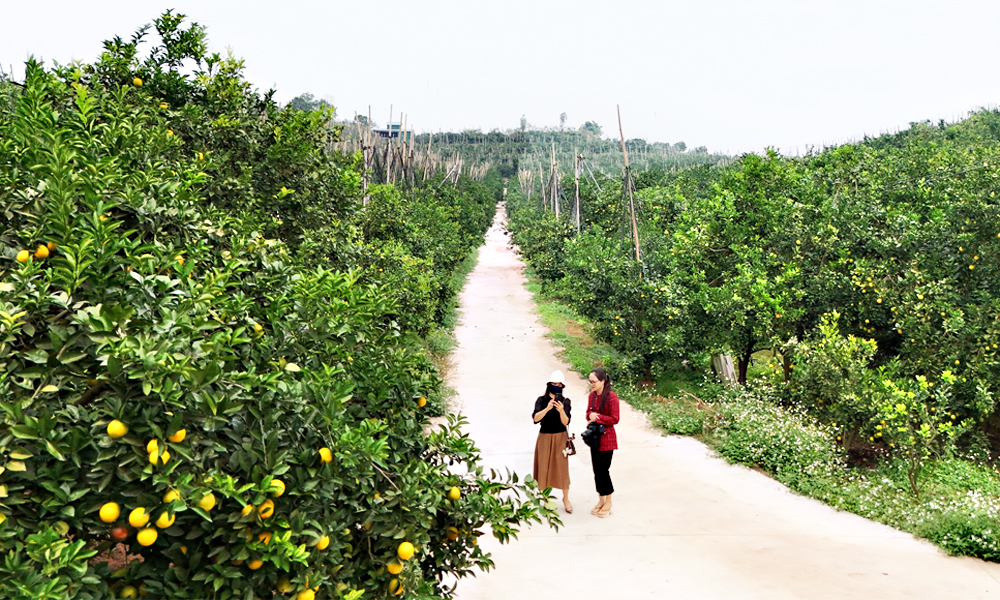

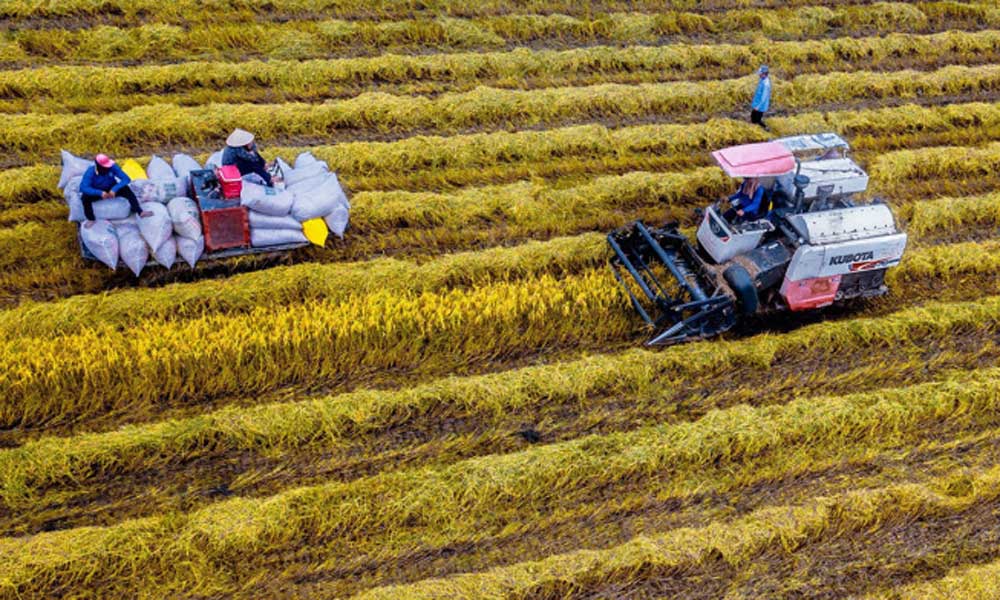
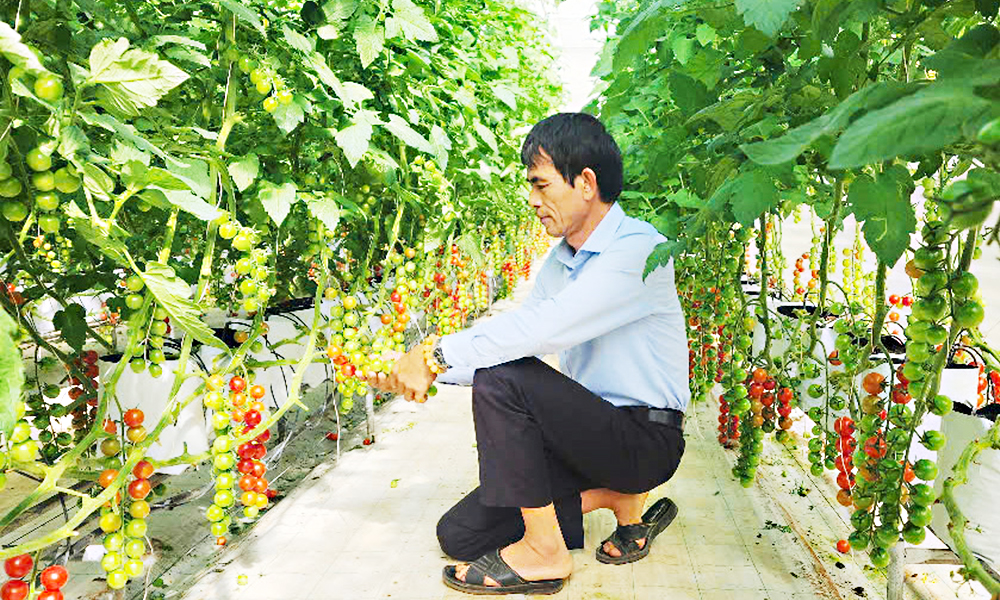
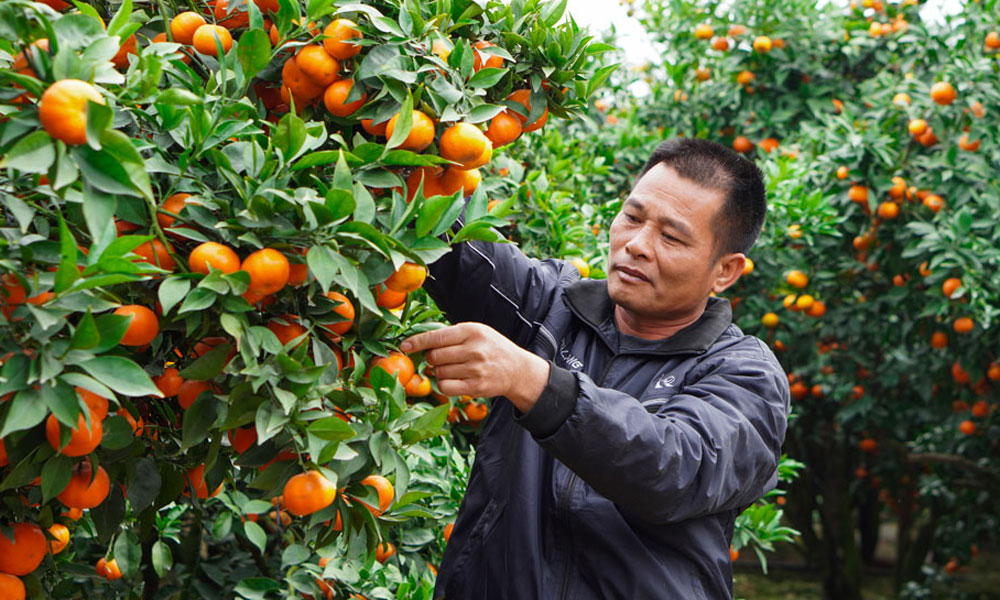

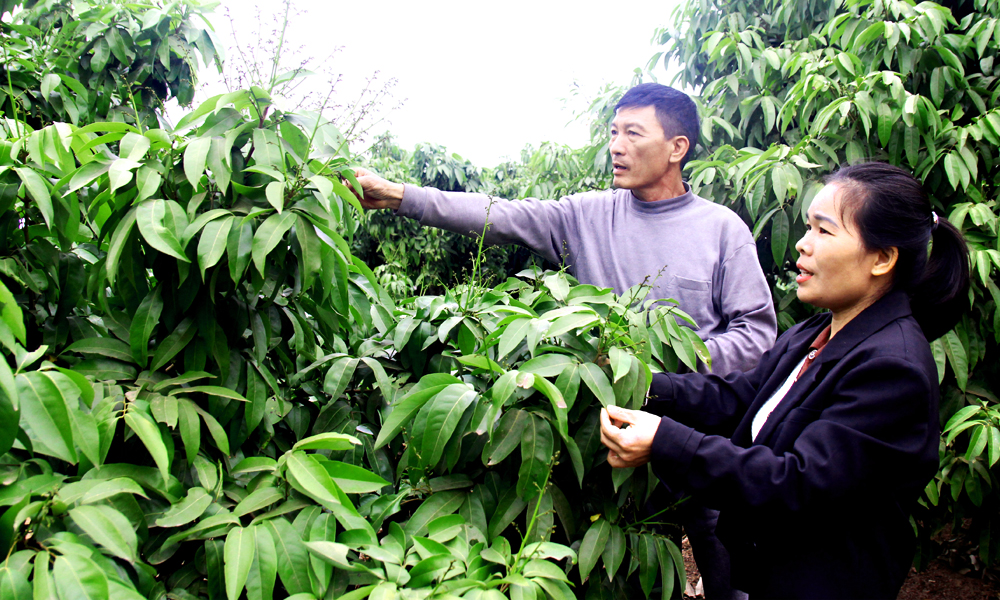


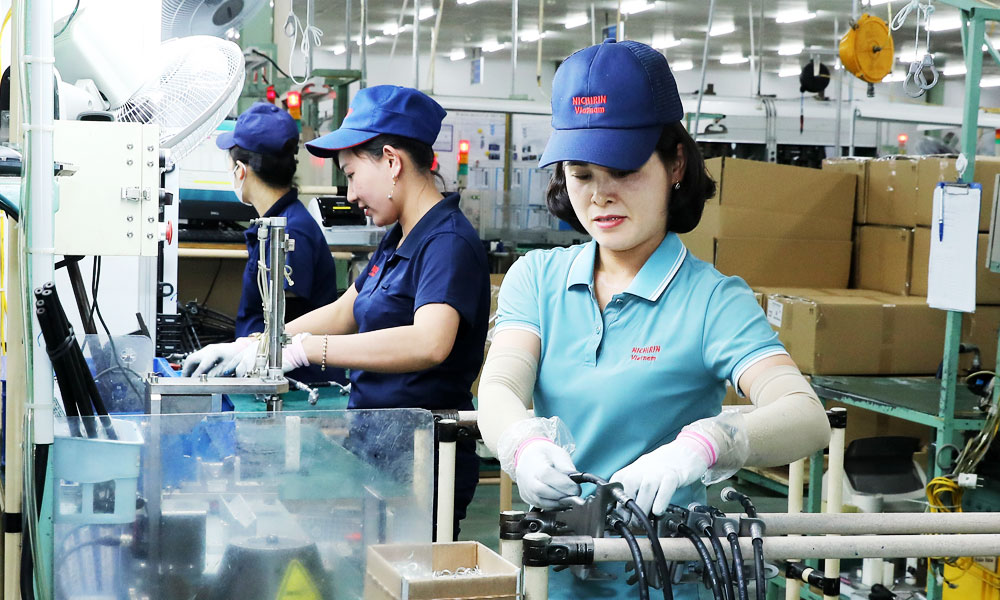


Reader's comments (0)